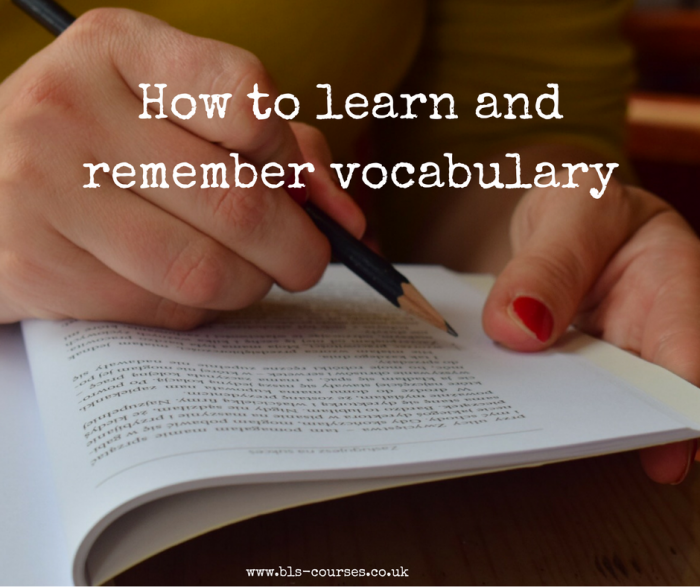There are several techniques that can help you learn and remember vocabulary in the language you are learning. In this post, we will explore techniques that help you remember what a word means by associating it with an image in your mind. Association links new information with old information stored in your memory. If you link a word with an image, it can be linked with other information already stored in your memory and so you will remember it better. For example, to remember a person’s name, you can relate it to a feature of their appearance. Here are a few more examples of using images to help you remember vocabulary.
Linkword Technique
The Linkword mnemonic (memory-aid) technique, developed by Michael Gruneberg, uses an image to link a word in one language with a word in another language. Here are some examples from French vocabulary for English speakers: the word for “rug” or “carpet” in French is “tapis”. To remember this, the Linkword technique says you should imagine an image of an oriental rug with the picture of a tap woven into it in chrome thread. “Tap” is found at the beginning of “tapis” so should help you remember the word when you visualise a rug. Next, the word for “grumpy” is “grognon”, so you should imagine a grumpy man groaning – “groan” sounds like “grognon” so should help you remember it. Other examples from German and Spanish are: to remember “Raupe” (German for “caterpillar”), you should imagine a caterpillar with a rope around its middle. To remember the Spanish word for cat, “gato”, you can imagine a cat eating a chocolate cake, or “gateau”.
Visualisation Technique
It is not always necessary to think of words in your own language in the visualisation. It is also possible to learn vocabulary by associating the word with an image. This technique uses the idea that when you hear a word, you visualise things that are associated with it in your mind. For example, when you hear “bird”, you think of what a bird looks like. When you hear “sweet”, you think of things that taste or smell sweet such as desserts or flowers. This is how we understand the word’s meaning, according to this technique.
Teachers teaching languages can show students a picture representing the meaning of a word they are trying to teach them. Otherwise, they can act out the meaning. They can ask students to think of things that are associated with the word, such as food if the word is “tasty” or a successful or hardworking person if the word is “ambitious” (and abstract concept). If you are learning by yourself, you can draw pictures of the words you are learning or think about images that the word conjures up.
This visualisation technique can also help you learn connotations of words (ideas or feelings that a word invokes beyond its literal meaning).
The Town Language Mnemonic
An extended example of the visualisation technique is the town language mnemonic developed by Dominic O’Brien. It is based on the idea that the core vocabulary of a language relates to everyday things – which can typically be found in a town or village. To use this technique, you should choose a town you are familiar with and use objects there as cues to recall images that link to words in your new language. Here are some examples:
Nouns in the town
Nouns should be associated with locations where you might find them: the word for “book” should be associated with an image in your mind of a book on a shelf in the library. The word for “bread” should be associated with an image of a loaf in a bakery. Words for vegetables should be associated with a greengrocer’s shop. If there is a farm outside the town it can help you remember the names of animals.
Adjectives in the park
Adjectives should be associated with a park in the town: words like “green”, “small”, “cold”. People in the park can help you remember adjectives for different characteristics or hair colour or
Verbs in the gym
Verbs can be associated with a gym or playing field. This allows you to make associations for “lift”, “run”, “walk”, “hit”, “eat”, “swim”, “drive”, etc.
Try It Yourself
As well as being powerful tools for learning and memorising vocabulary, these techniques can be fun and can keep you interested in learning new words. Lists of words can be useful too but images can help jog your memory. You may remember the words better if you write them on a whiteboard too – you are active and moving around when you do this so your brain is stimulated more than when you are sitting at a desk. We hope you find these tips useful. Let us know if they work for you!
Written by Suzannah Young

